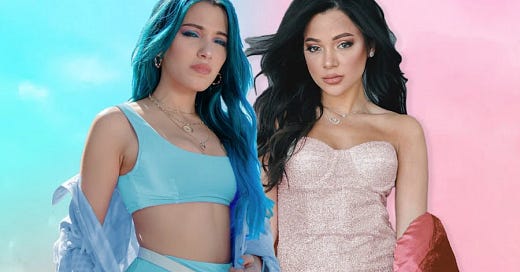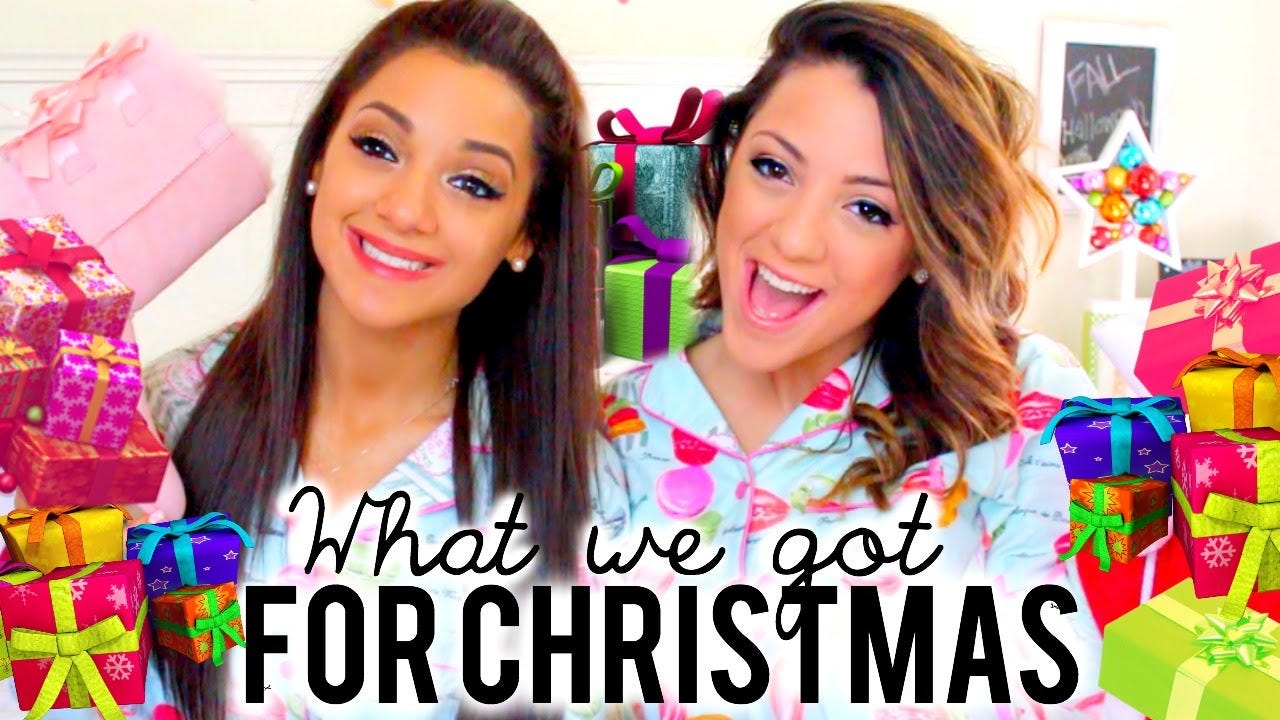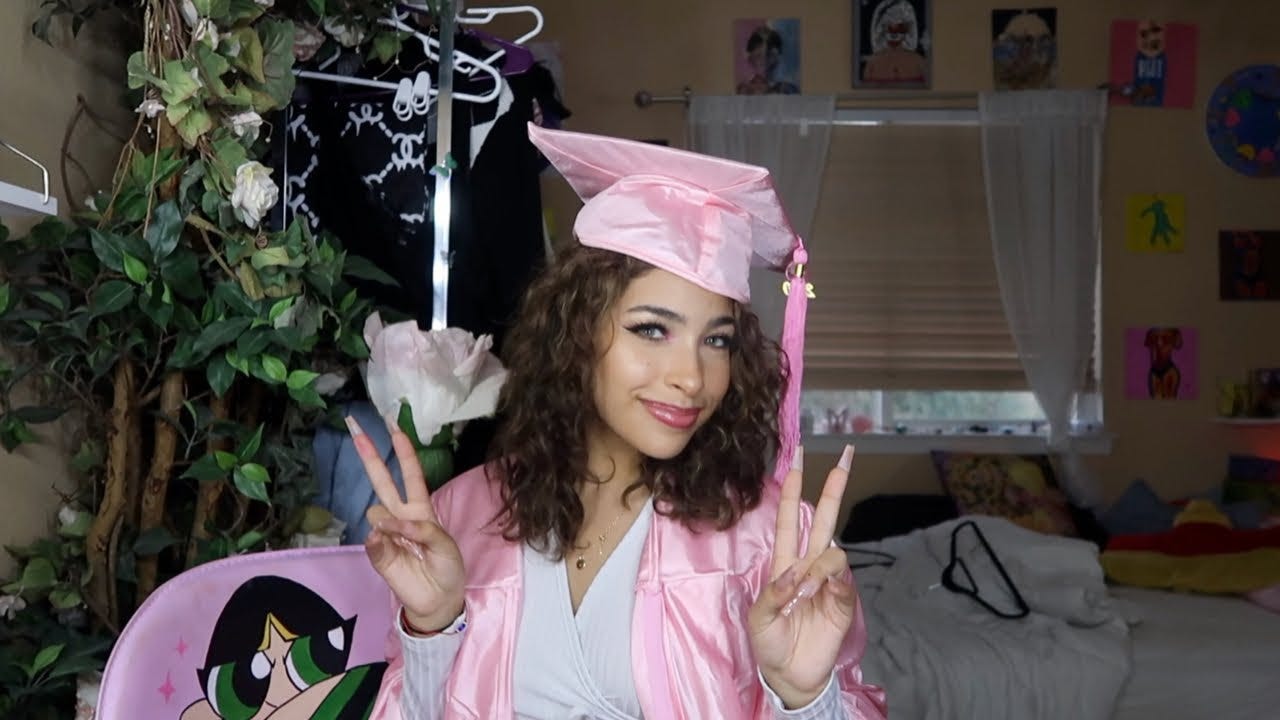2010s YouTube and Content Authenticity
Niki Demartino is exposing 2010s YouTube lifestyle content and other influencers have followed this trend. At what costs though?
2010s YouTube was an iconic era.
If you did not have the pleasure of experiencing 2010s YouTube, there was an uptick in lifestyle content — similar to what we see with modern-day influencers like Alix Earle, Monet McMichael, and more.
The lifestyle content we see now on TikTok has been pioneered by 2010s Youtubers such as Teala Dunn, Eva Gutowski (also known as MyLifeAsEva), and Niki and Gabi Demartino (also known as Niki and Gabi). Eva Gutowski was one of my favorites at the time, especially her song “Literally My Life” in the early 2010s.
From these influencers, we were thrown into back-to-school hauls, morning and night routines, shopping hauls — the list is truly endless. This is one of the many examples of Niki and Gabi’s content in particular from 2014.
As mentioned in the debut, Niki Demartino has been doing a series on TikTok exposing all of the secrets behind the content she and her twin, Gabi Demartino, produced back in this pioneer influencing period.
Secrets exposed included how the twins managed to film their content for their YouTube such as boyfriend swaps being filmed in a day, pre-filming Christmas haul videos, and more. As an example, here’s the TikTok from Niki Demartino that started it all. Niki Demartino is not the only one to expose her and her twin’s early content but others slowly have been exposing their content willingly.
Aspyn Ovard was another influencer popular in the 2010s who assumed her audience knew her content was all fake. She explained in a TikTok that she “thought we [the audience] all knew these [videos] were for entertainment purposes.”
Looking back on watching these videos and thinking about how these lifestyles could be attainable at ages 12 and up, 2010s YouTube with its high saturation, and bright colors looked unrealistic entering my mid-20s.
This isn’t to take away from the experience of those who thought the content was real because most of us were children taking it all for face value. Though after these “little” secrets have been exposed, the trust these influencers had in their audience is on uneven ground. From the comments, though some playful, there are members of their audience who feel “lied to” and “led astray.”
Remaining authentic is a major part of any career, especially influencing as revenue is generated from the influencer’s audience. When this is lost, there is a risk of losing their audience’s trust, in this case, the initial trustworthiness of their brand.
Moving into the late 2010s to early 2020s, a spin on authentic lifestyle content started to be popularized by now-popular influencers like Emma Chamberlain and Vereena Sayed.
The content they’d produced felt more authentic than its high saturation and unrealistic morning routines predecessors as these influencers gave a glimpse into everything — including graduating while in the 2020 pandemic — which I gravitated to.
Though still curated, these influencers showed you the mishaps in dying their hair in their real bathroom, cleaning out or rearranging their bedrooms at 2 AM, and talking to the camera while driving their cars and in school with their friends.
Early 2010s YouTube continued to be the rise to the Golden Age of how influencer culture skyrocketed in popularity, but its later predecessors will continue to stand out as they portray authentic content for our viewing pleasure.








Another great article. YouTube is a great way to show your skills and talents.